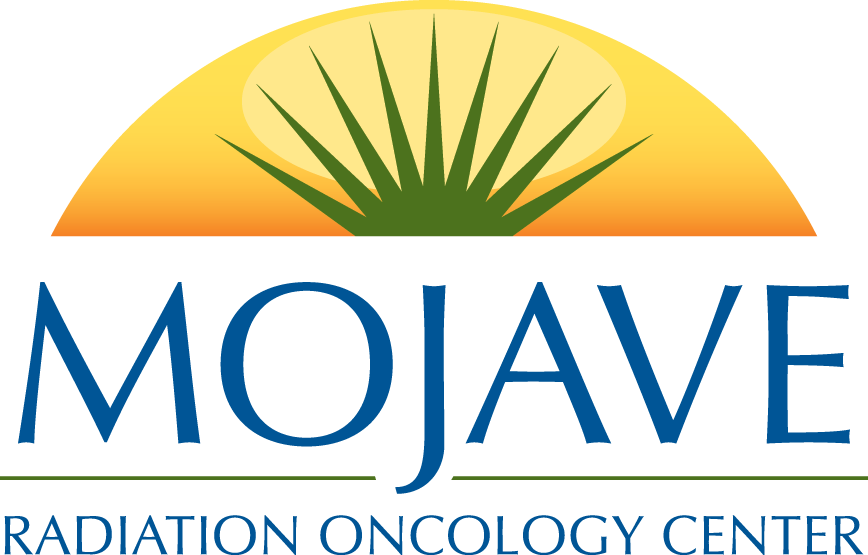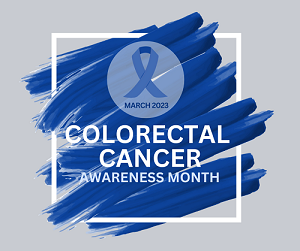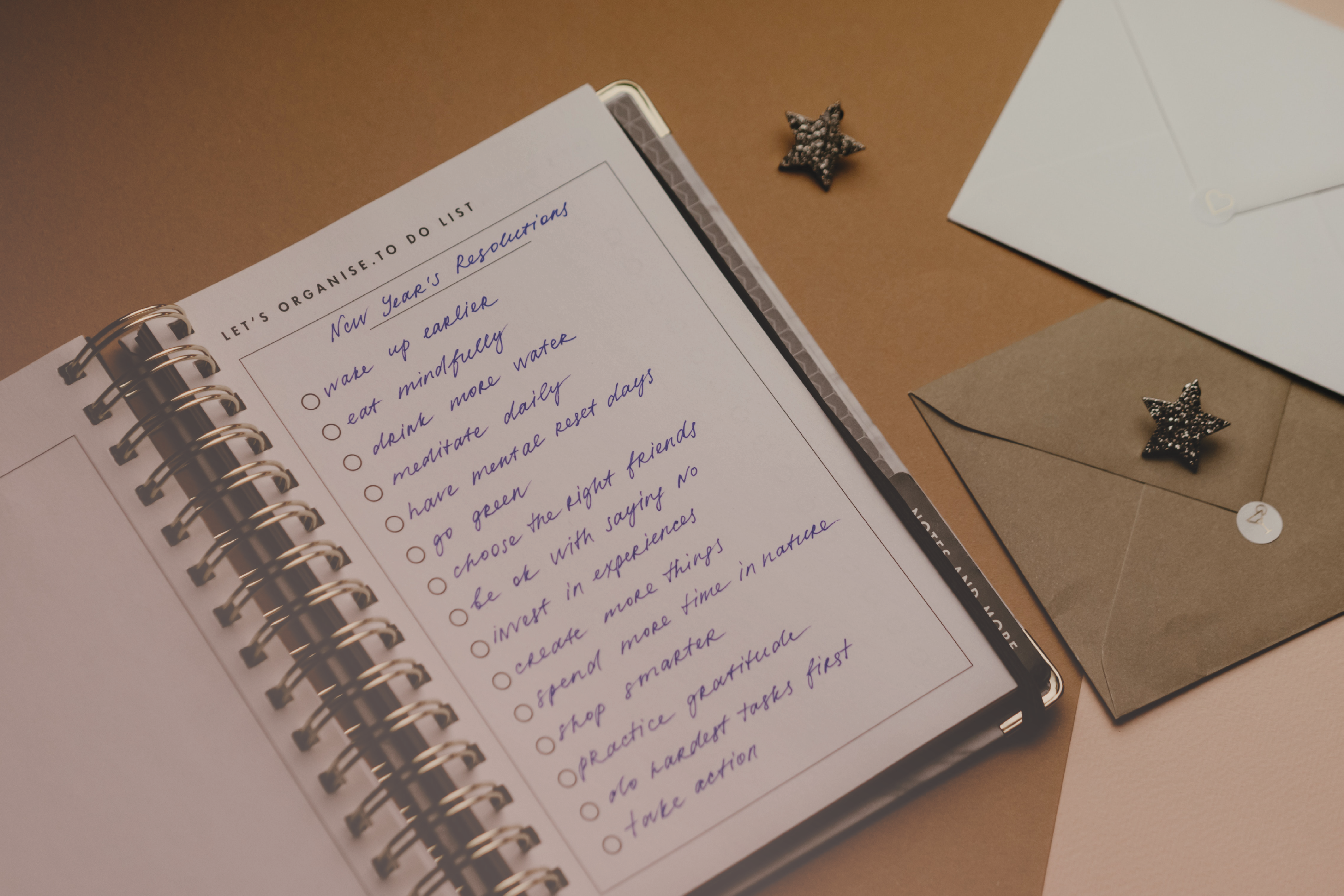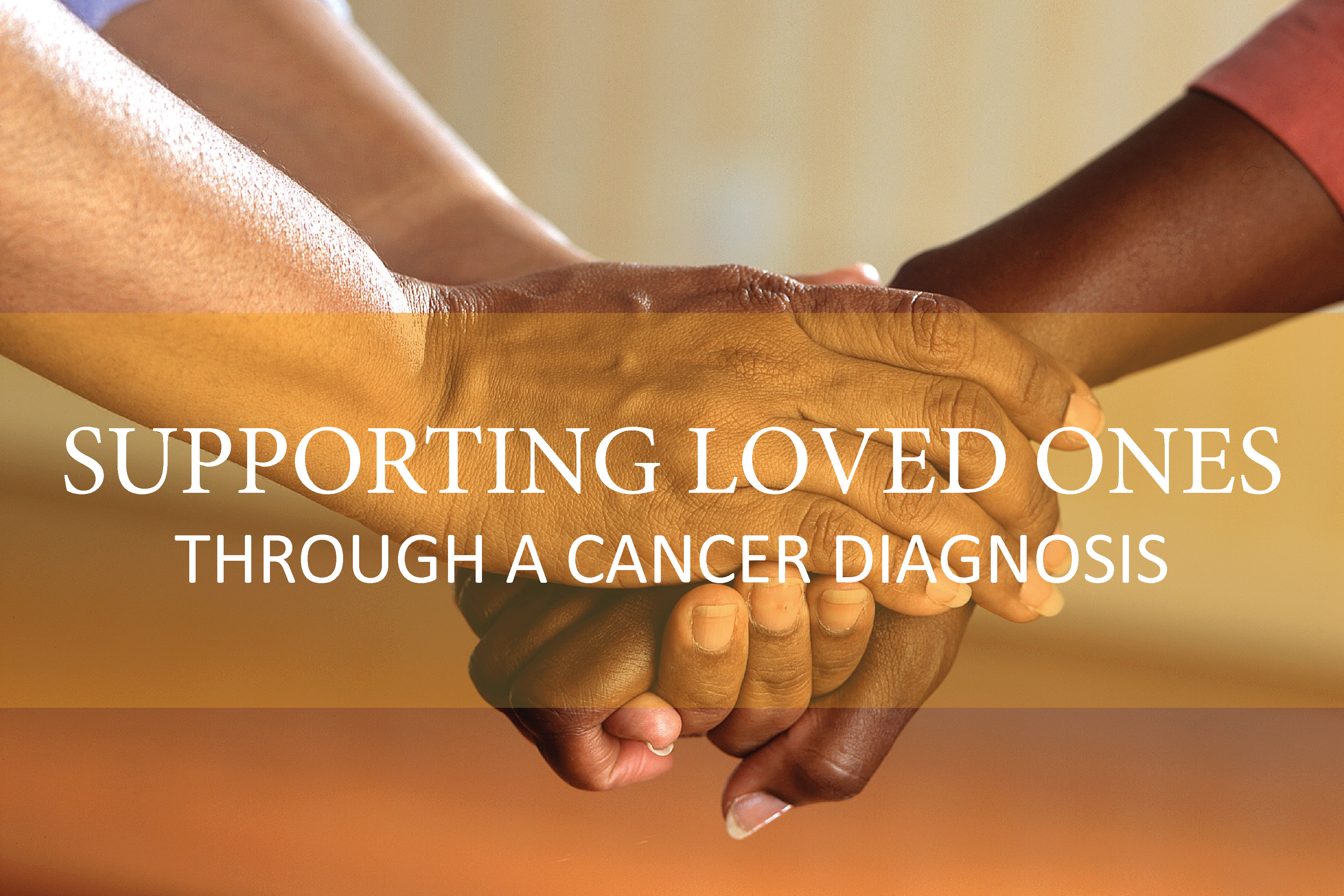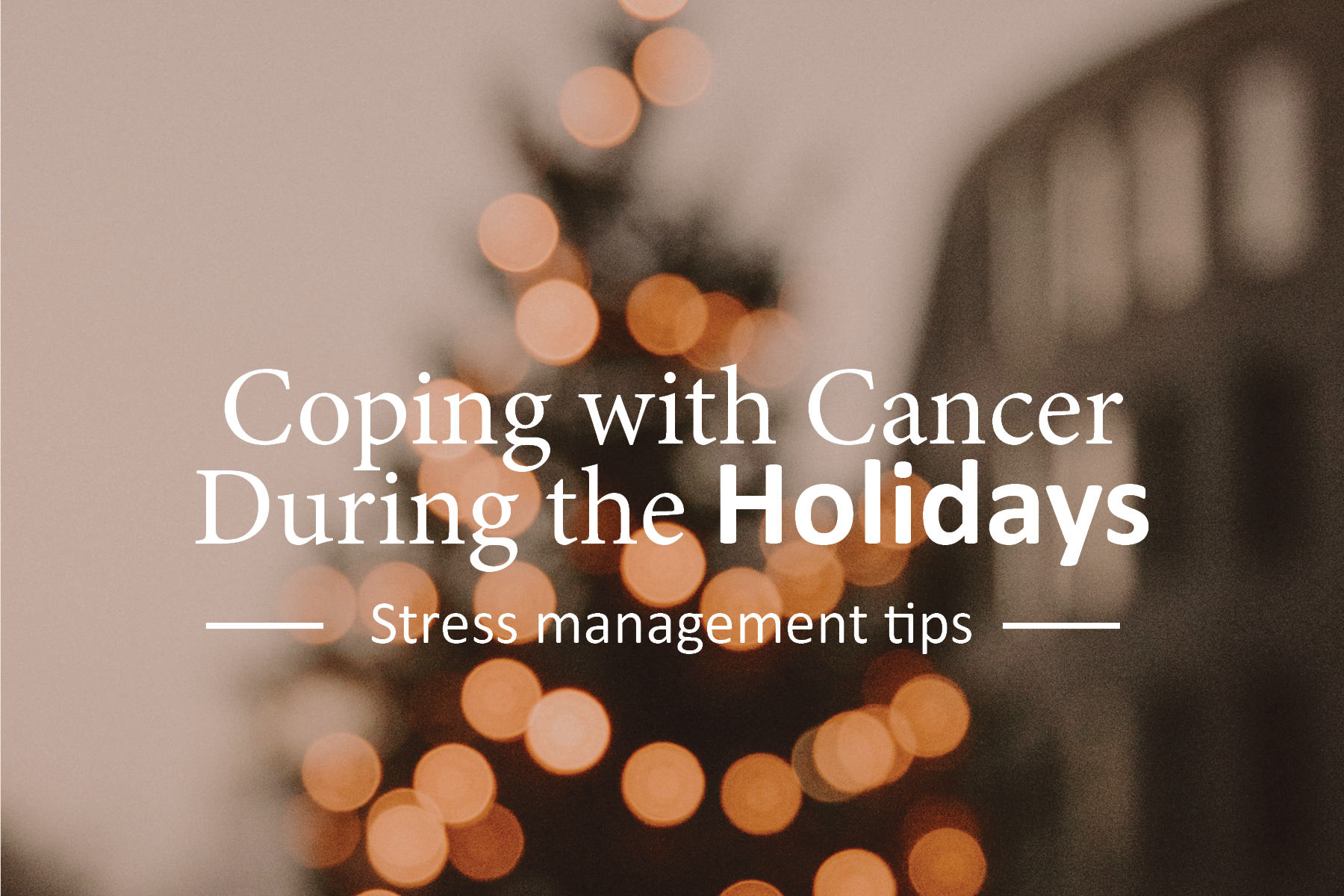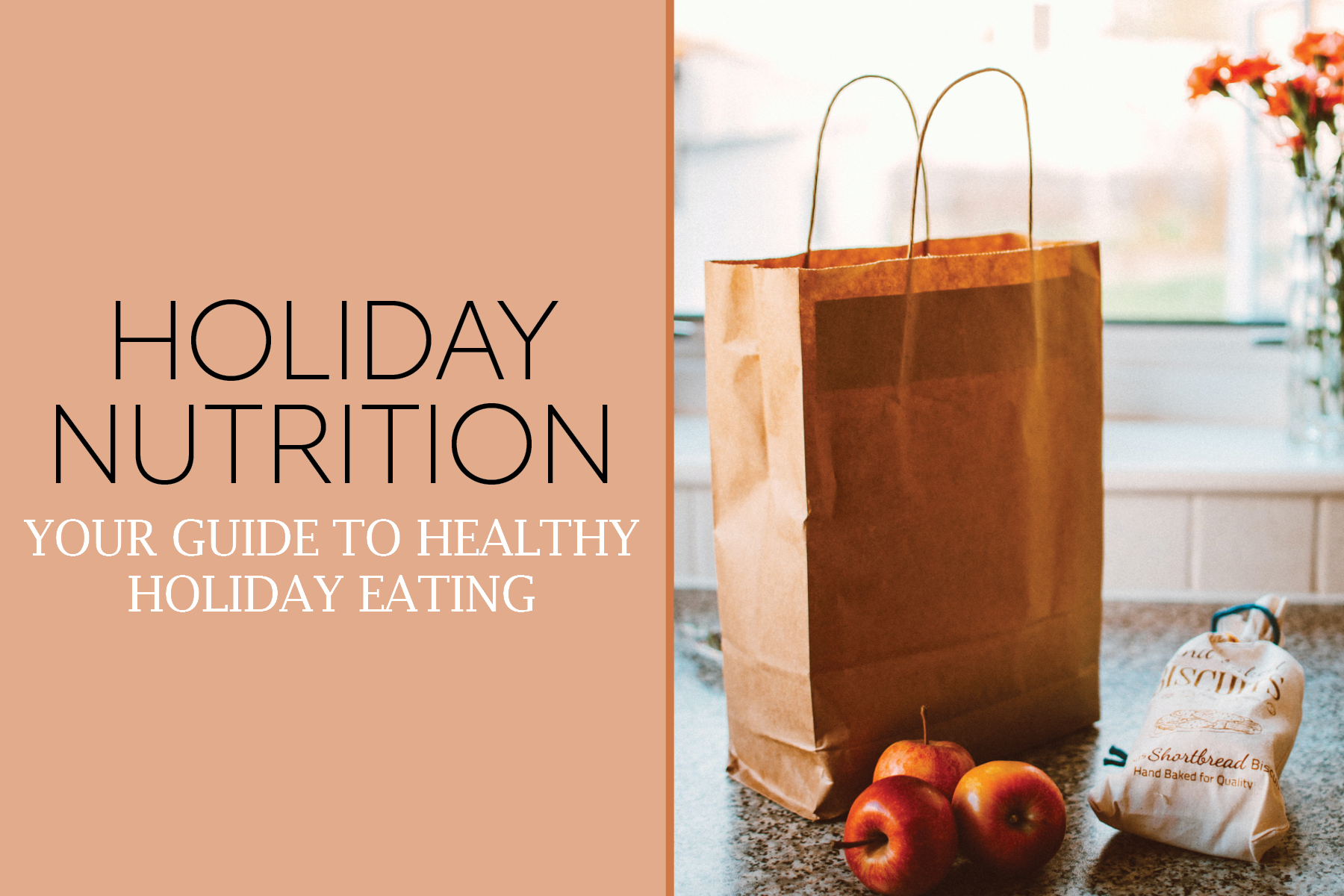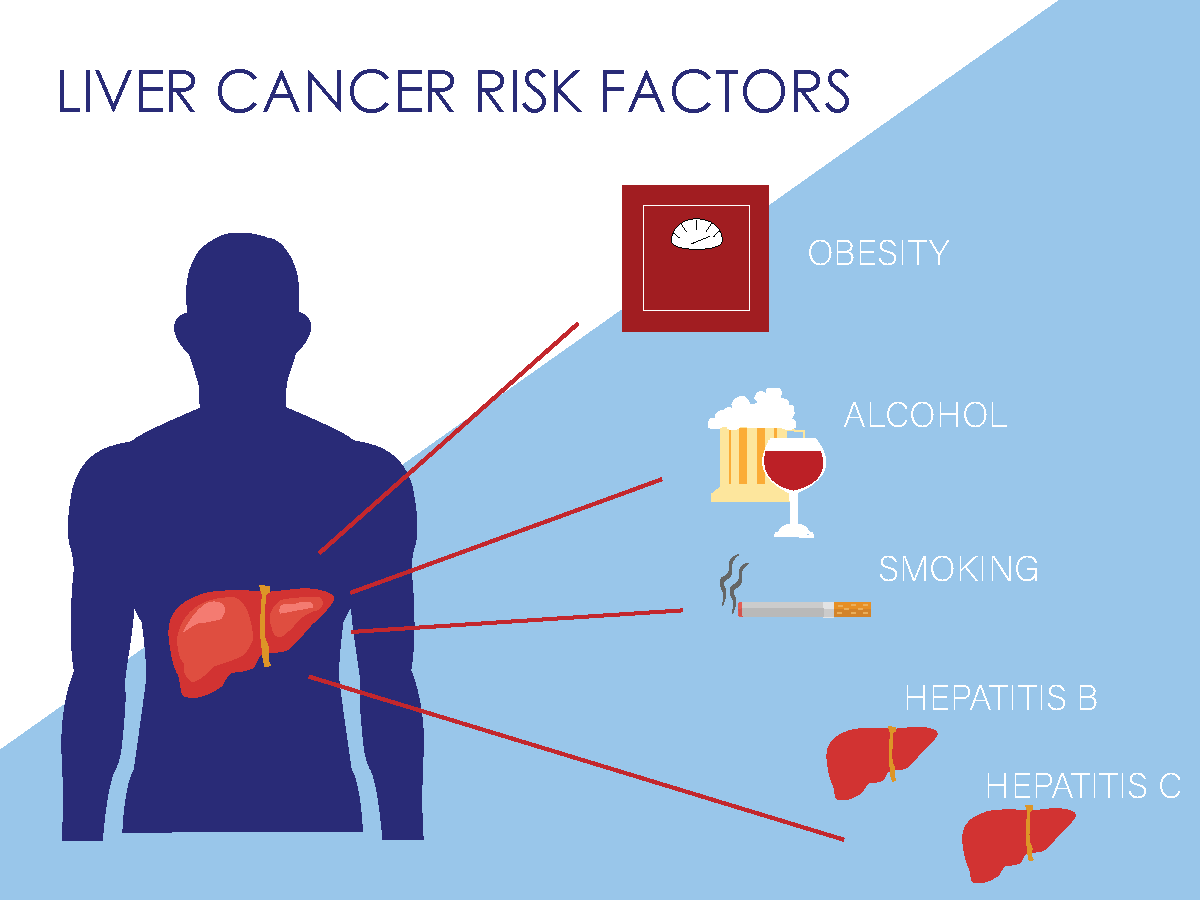Alcohol consumption is a common practice in many societies and is often considered a social lubricant. However, it is also known to have harmful effects on the body, including an increased risk of developing certain types of cancer. According to the National Cancer Institute, alcohol consumption is a known risk factor for several types of cancer, including liver, breast, colon, rectal, esophageal, and throat cancers.
Liver Cancer:
The liver is responsible for breaking down alcohol, and excessive drinking can lead to cirrhosis, a condition in which the liver tissue is damaged and replaced with scar tissue. This can lead to an increased risk of developing liver cancer. According to the American Cancer Society, alcohol is responsible for about 1 in 3 cases of liver cancer in the United States.
Breast Cancer:
Alcohol consumption can also increase the risk of developing breast cancer. Studies have shown that women who consume more than one alcoholic drink per day have an increased risk of developing breast cancer. This risk increases with the amount of alcohol consumed. The exact mechanism by which alcohol increases the risk of breast cancer is not fully understood, but it is believed to be related to the way that alcohol affects estrogen levels in the body.
Colon and Rectal Cancer:
Alcohol consumption has also been linked to an increased risk of developing colon and rectal cancer. A study conducted by the National Cancer Institute found that people who consume three or more alcoholic drinks per day have a 1.5 times greater risk of developing colon or rectal cancer than those who do not drink alcohol.
Esophageal and Throat Cancer:
Alcohol consumption is also a major risk factor for developing esophageal and throat cancer. The risk increases with the amount of alcohol consumed and the duration of alcohol consumption. The exact mechanism by which alcohol increases the risk of esophageal and throat cancer is not fully understood, but it is believed to be related to the way that alcohol damages the cells in the lining of the esophagus and throat.
Alcohol consumption is a known risk factor for several types of cancer, including liver, breast, colon, rectal, esophageal, and throat cancers. The risk increases with the amount of alcohol consumed and the duration of alcohol consumption. It is important to limit alcohol consumption to reduce the risk of developing cancer and to maintain good health. If you are concerned about your alcohol consumption or your risk of developing cancer, talk to your healthcare provider.
EXPERT CARE
Our caring team of experts are here to provide you with a custom-tailored treatment plan that is unique to your diagnosis, tumor size, location and involvement. Click on the button below to learn more.
